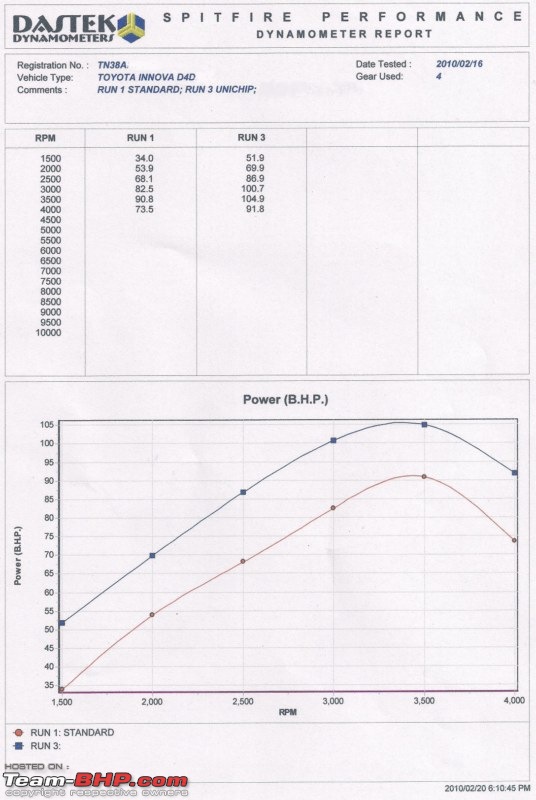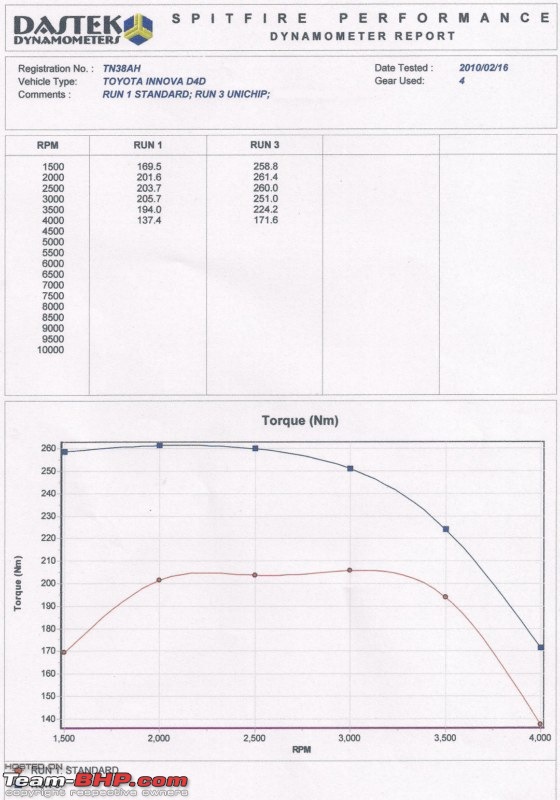| | #1 |
| Newbie Join Date: Jun 2008 Location: Jakarta, Indonesia
Posts: 14
Thanked: 16 Times
| |
| |
| |
| | #2 |
| Senior - BHPian | |
| |
| | #3 |
| BHPian | |
| |
| | #4 |
| BHPian Join Date: Aug 2004 Location: Mumbai
Posts: 710
Thanked: 54 Times
| |
| |
| | #5 |
| Newbie Join Date: Jun 2008 Location: Jakarta, Indonesia
Posts: 14
Thanked: 16 Times
| |
| |
| | #6 |
| BHPian Join Date: Aug 2010 Location: Coimbatore
Posts: 129
Thanked: 204 Times
| |
| |
| | #7 |
| BHPian Join Date: May 2007 Location: cochin
Posts: 28
Thanked: Once
| |
| |
| | #8 |
| BHPian Join Date: Jan 2010 Location: London
Posts: 579
Thanked: 35 Times
| |
| |
| | #9 |
| BHPian Join Date: Aug 2010 Location: Coimbatore
Posts: 129
Thanked: 204 Times
| |
| |
| | #10 |
| BHPian Join Date: Aug 2010 Location: Coimbatore
Posts: 129
Thanked: 204 Times
| |
| |
| | #11 |
| BHPian Join Date: May 2007 Location: cochin
Posts: 28
Thanked: Once
| |
| |
| |
| | #12 |
| BHPian Join Date: Aug 2010 Location: Coimbatore
Posts: 129
Thanked: 204 Times
| |
| |
| | #13 |
| BHPian Join Date: Jan 2010 Location: London
Posts: 579
Thanked: 35 Times
| |
| |
| | #14 |
| BHPian Join Date: May 2007 Location: cochin
Posts: 28
Thanked: Once
| |
| |
| | #15 |
| BHPian Join Date: Aug 2010 Location: Coimbatore
Posts: 129
Thanked: 204 Times
| |
| |
 |
Most Viewed




 )
)





 ,would like to clear some doubts anyway. Also is there a 6 to 12% improvement in max power produced.
,would like to clear some doubts anyway. Also is there a 6 to 12% improvement in max power produced.